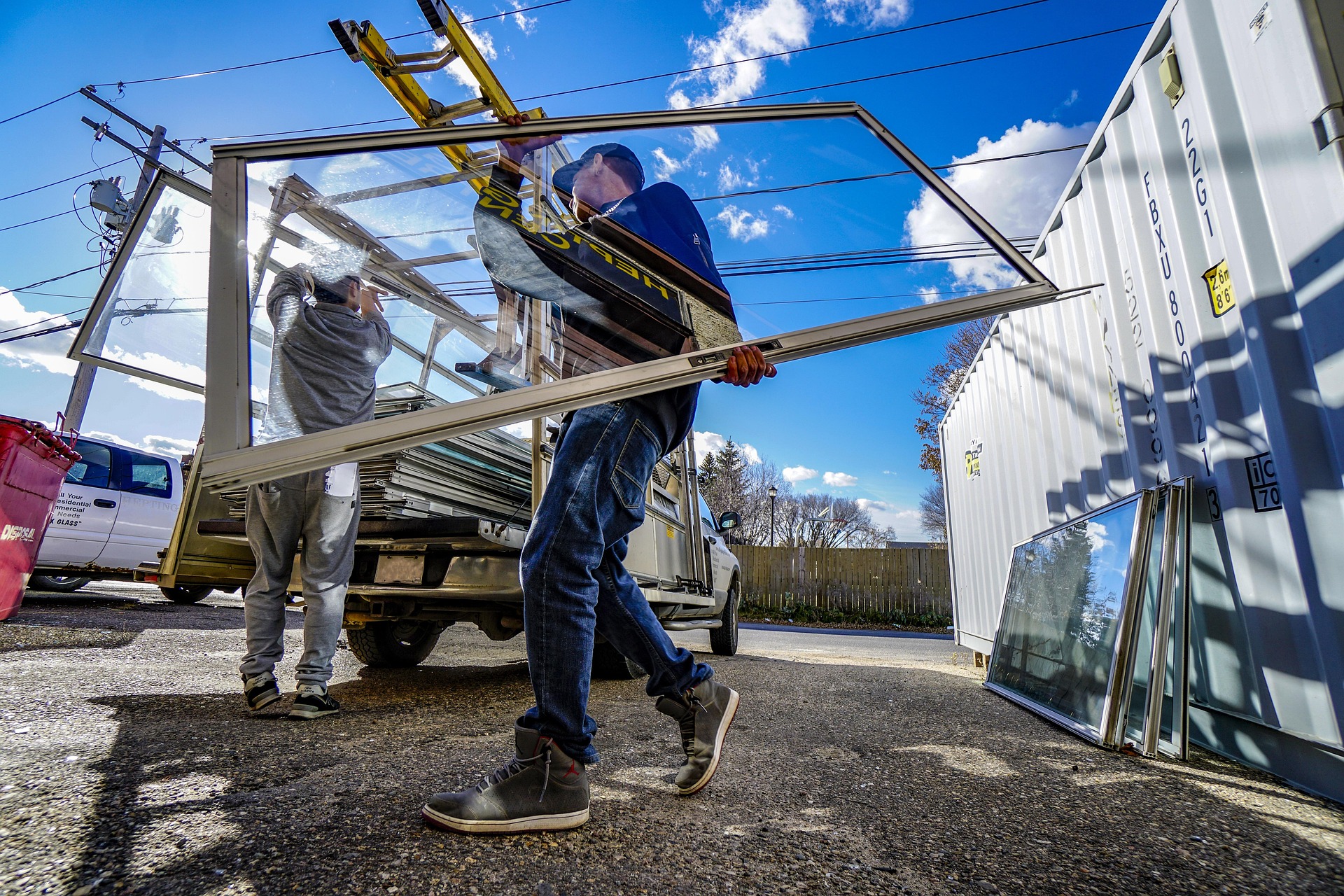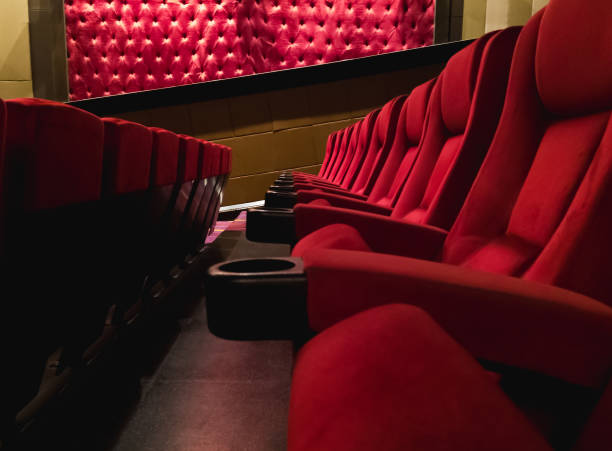Fistball: The Hidden Gem of Volleyball's Cousins
Fistball, a dynamic team sport with roots tracing back centuries, remains an enigma to many sports enthusiasts. This high-energy game combines elements of volleyball and tennis, yet boasts its own unique set of rules and techniques. As we delve into the world of fistball, we'll explore its rich history, intricate gameplay, and growing global appeal that's captivating athletes and spectators alike.

In 1555, Italian mathematician Antonius Scaino described a game in his treatise “Trattato del Giuoco della Palla” that closely resembles modern fistball. The sport gained popularity among nobility and commoners alike, spreading throughout Europe over the following centuries. By the late 19th century, fistball had become a well-established sport in Germany, with the first official rules being codified in 1895.
The sport’s growth continued steadily, with the first German Championships held in 1913. International expansion followed, and in 1960, the International Fistball Association (IFA) was founded, paving the way for standardized rules and global competitions.
The Intricacies of Fistball Gameplay
At first glance, fistball might appear similar to volleyball, but its unique rules and techniques set it apart. Played on a rectangular field divided by a net, two teams of five players each compete to hit the ball over the net and into the opponent’s half of the court. The key difference lies in how players interact with the ball.
In fistball, players are only allowed to strike the ball with their fist or arm below the elbow. This restriction creates a fascinating dynamic, requiring players to develop specialized techniques for serving, passing, and attacking. The ball can bounce once between each of the three allowed contacts, adding an element of strategy and timing to the game.
The court dimensions also differ from volleyball, with fistball played on a larger field measuring 50 meters long and 20 meters wide. The net height varies depending on the gender and age group, ranging from 2 meters for women to 2.15 meters for men.
One of the most distinctive aspects of fistball is the serve. Unlike volleyball, where players serve from behind the end line, fistball allows players to serve from anywhere within their half of the court. This freedom creates exciting tactical possibilities, with powerful jumps serves becoming a hallmark of the sport.
Fistball Techniques: Mastering the Art of the Fist
Success in fistball requires a unique set of skills that blend power, precision, and agility. Players must master several key techniques to excel in the sport:
- The Fist Serve: Perhaps the most iconic technique in fistball, the serve involves striking the ball with a closed fist to send it over the net. Players often incorporate a running start and jump to generate maximum power and spin.
- The Defensive Fist: When receiving a serve or defending against an attack, players use a technique called the “defensive fist.” This involves creating a flat surface with the fist to control and redirect the ball to a teammate.
- The Set: Similar to volleyball, setting in fistball is crucial for creating attacking opportunities. However, fistball sets are performed with a closed fist or the inner part of the forearm, requiring precise control.
- The Attack: The attacking shot in fistball, known as a “schlag,” involves striking the ball with tremendous force to send it over the net and into the opponent’s court. Players often use a running approach and jump to generate power.
- The Block: Defensive players at the net use blocking techniques to intercept powerful attacks. Unlike volleyball, fistball blocks are performed with a closed fist or forearm.
Mastering these techniques requires years of practice and dedication, with top players developing an almost instinctive feel for the ball’s movement and trajectory.
The Global Reach of Fistball
While fistball remains most popular in its birthplace of Germany, the sport has steadily gained traction around the world. Today, the International Fistball Association boasts member federations from over 60 countries across six continents.
Europe remains the stronghold of fistball, with countries like Austria, Switzerland, and Italy boasting strong national teams and competitive leagues. However, the sport has made significant inroads in South America, particularly in Brazil and Argentina, where it has developed a passionate following.
In recent years, fistball has begun to make waves in North America and Asia. The United States Fistball Association, founded in 1976, has been working to promote the sport through grassroots initiatives and international competitions. Similarly, countries like Japan and India have seen a surge in fistball participation, with national teams competing in international tournaments.
The IFA World Fistball Championships, held every four years, serve as the pinnacle of international competition. The most recent edition, held in 2019 in Winterthur, Switzerland, featured teams from 18 countries across five continents, highlighting the sport’s growing global appeal.
The Physical and Mental Demands of Fistball
Fistball is a sport that demands a unique combination of physical attributes and mental acuity. Players must possess explosive power, agility, and stamina to excel on the court. The constant movement, quick changes of direction, and powerful striking motions place significant demands on an athlete’s body.
Strength training, particularly for the upper body and core, is essential for developing the power needed for effective serves and attacks. Lower body strength and explosiveness are crucial for the jumping and quick movements required during play. Cardiovascular endurance is also vital, as matches can be intense and fast-paced, often lasting for extended periods.
Flexibility and mobility training play a key role in injury prevention and performance enhancement. The repetitive motions involved in striking the ball can put stress on the shoulder, elbow, and wrist joints, making proper warm-up and stretching routines essential.
Mental toughness and strategic thinking are equally important in fistball. Players must make split-second decisions, anticipate opponent movements, and adapt to changing game situations. Concentration and focus are critical, as a momentary lapse can result in a missed opportunity or defensive error.
Team communication and coordination are paramount, with players needing to work in perfect synchronization to execute complex plays and defensive formations. This emphasis on teamwork and strategy adds an additional layer of complexity to the sport, making it as mentally challenging as it is physically demanding.
Fistball Equipment and Court Setup
While fistball may seem complex in its rules and techniques, the equipment required to play is relatively simple. This accessibility has contributed to the sport’s growth in various parts of the world. The essential equipment for fistball includes:
- The Ball: Fistball uses a specially designed ball that is slightly larger and heavier than a volleyball. It measures between 26-30 cm in circumference and weighs 350-380 grams. The ball is made of leather or synthetic material and is inflated to a specific pressure to ensure consistent bounce and playability.
- The Net: The fistball net is similar to a tennis net in appearance but varies in height depending on the gender and age group of the players. For men’s competitions, the net is set at 2.15 meters high, while women’s matches use a 2-meter high net.
- Court Markings: The fistball court is rectangular, measuring 50 meters long and 20 meters wide. It is divided into two halves by the net, with additional lines marking the service zone and other important boundaries.
- Player Attire: Fistball players typically wear lightweight, breathable clothing that allows for unrestricted movement. Indoor players often wear court shoes with good traction, while outdoor players may opt for cleats or turf shoes depending on the playing surface.
- Protective Gear: Unlike some contact sports, fistball does not require extensive protective equipment. However, some players choose to wear knee pads or elbow sleeves for added protection during dives and falls.
The simplicity of the equipment requirements makes fistball an accessible sport for communities around the world. Schools, community centers, and recreational leagues can easily set up fistball courts without significant investment, contributing to the sport’s grassroots growth.
Fistball’s Unique Scoring System
One of the aspects that sets fistball apart from many other team sports is its distinctive scoring system. Unlike volleyball, where rally scoring is used, fistball employs a set-based system that adds an extra layer of strategy and tension to matches.
In fistball, a match is typically played as the best of five sets. Each set is won by the first team to reach 11 points with a two-point lead. If the score reaches 10-10, play continues until one team gains a two-point advantage.
What makes fistball scoring unique is that points can only be scored by the serving team. This system, known as “side-out scoring,” creates a dynamic where teams must focus not only on winning rallies but also on maintaining serve to accumulate points.
When the receiving team wins a rally, they gain the right to serve but do not score a point. This creates exciting momentum shifts within sets, as a team trailing in score can quickly turn the tables by winning serve and stringing together a series of points.
The serving team has the added pressure of capitalizing on their scoring opportunities, while the receiving team must focus on regaining serve to have a chance at closing the score gap. This back-and-forth dynamic adds an extra layer of excitement for spectators and strategic depth for players and coaches.
The Role of Specialization in Fistball
As fistball has evolved at the competitive level, player specialization has become increasingly important. While all players must be proficient in basic skills, top teams often feature athletes who excel in specific roles:
- Setters: These players are responsible for positioning the ball for attackers. They require excellent ball control, quick decision-making skills, and a thorough understanding of offensive strategies.
- Attackers: Often the tallest and most powerful players on the team, attackers specialize in delivering forceful strikes to score points. They must possess exceptional timing, jumping ability, and hand-eye coordination.
- Defenders: These players excel in receiving serves and defending against attacks. They need quick reflexes, good anticipation skills, and the ability to accurately pass the ball to setters.
- Servers: While all players serve, some specialize in delivering particularly challenging serves. These players often have a repertoire of serves with varying speeds, spins, and trajectories.
- All-Rounders: Some players are adept in multiple roles, providing teams with flexibility in their lineup and strategies.
This specialization allows teams to maximize their strengths and create more sophisticated offensive and defensive systems. Coaches must balance these specialized roles while ensuring all players maintain a well-rounded skill set to adapt to different game situations.
Fistball’s Environmental Adaptability
One of fistball’s unique strengths is its adaptability to various playing environments. While many sports are confined to specific types of courts or fields, fistball can be played on a variety of surfaces, both indoor and outdoor. This flexibility has contributed significantly to the sport’s global spread and accessibility.
Outdoor fistball is typically played on grass fields, similar to those used for soccer or field hockey. The natural grass surface adds an extra element of unpredictability, as players must adjust to variations in the ball’s bounce and the field’s condition. Some outdoor competitions are also held on sand, creating a beach fistball variant that presents its own unique challenges and strategies.
Indoor fistball, on the other hand, is played on hard court surfaces such as wood or synthetic materials. The consistent bounce and controlled environment of indoor courts allow for faster-paced games and more precise techniques. Many professional leagues and international tournaments are held indoors, providing a standardized playing field for high-level competition.
The sport’s adaptability extends beyond just the playing surface. Fistball can be played in various weather conditions, with outdoor tournaments often continuing through light rain or wind. This resilience makes fistball an attractive option for schools, community programs, and recreational leagues looking for a versatile sport that can be played year-round.
Moreover, the basic equipment needed for fistball is minimal and portable, allowing for impromptu games in parks, beaches, or any open space. This accessibility has been crucial in introducing the sport to new regions and demographics, fostering grassroots growth around the world.
The Tactical Depth of Fistball
While the basic rules of fistball are relatively straightforward, the sport offers a surprising depth of tactical complexity at higher levels of play. Coaches and players must consider a multitude of factors when developing game strategies:
- Service Strategies: The serve in fistball is a powerful offensive weapon. Teams may employ different serving tactics based on opponent weaknesses, wind conditions (in outdoor play), or specific game situations. Variations in serve power, placement, and spin can keep opponents off-balance and create scoring opportunities.
- Offensive Formations: Teams use various offensive formations to create attacking opportunities. Common formations include the 3-2 (three attackers at the net, two back-court players) and the 2-3 (two attackers, three back-court players). These formations can be adjusted based on the strengths of the team and the defensive setup of the opponents.
- Defensive Systems: Defensive strategies in fistball are crucial for neutralizing powerful attacks and regaining serve. Teams may employ different defensive formations, such as the W-formation or the semicircle, depending on the opponent’s offensive style and the strengths of their own players.
- Attack Variations: Top-level attackers have a repertoire of shots at their disposal, including power hits, cut shots, and lobs. The choice of attack is influenced by factors such as the set quality, defensive positioning, and game situation.
- Rotations and Substitutions: Coaches must carefully manage player rotations and substitutions to maintain team balance and exploit favorable matchups against opponents.
- Timeout Usage: Strategic use of timeouts can disrupt opponent momentum, allow for tactical adjustments, or provide crucial rest for key players during intense rallies.
- Environmental Adaptations: In outdoor play, teams must factor in wind direction, sun position, and field conditions when developing their strategies.
These tactical elements combine to create a chess-like dynamic within the fast-paced action of fistball. Successful teams are those that can quickly analyze game situations, adapt their strategies on the fly, and execute complex plays with precision.
The Future of Fistball: Challenges and Opportunities
As fistball continues to grow on the global stage, the sport faces both challenges and opportunities in its quest for wider recognition and participation:
Challenges:
- Limited Media Exposure: Despite its exciting gameplay, fistball often struggles to attract mainstream media attention, particularly outside its traditional strongholds in Europe and South America.
- Competition with Established Sports: In many countries, fistball must compete for resources, facilities, and participants with more established team sports.
- Lack of Professional Leagues: While some countries have semi-professional leagues, the lack of fully professional leagues in many regions limits opportunities for top players and the sport’s overall growth.
- Olympic Recognition: Fistball is not currently an Olympic sport, which limits its exposure and funding opportunities in many countries.
Opportunities:
- Youth Development: The sport’s accessibility and low equipment costs make it an attractive option for school and youth programs, providing a pathway for long-term growth.
- Digital Platforms: Streaming services and social media platforms offer new avenues for fistball to reach global audiences and build a fanbase.
- International Expansion: The IFA’s efforts to introduce fistball to new regions, particularly in Asia and Africa, present significant growth potential.
- Cross-Sport Appeal: Fistball’s similarities to volleyball and tennis could attract athletes from these sports, bringing new talent and perspectives to the game.
- Beach and Indoor Variants: The development of beach fistball and the continued growth of indoor competitions offer opportunities to attract new players and spectators.
- Gender Equality: Fistball’s strong tradition of both men’s and women’s competitions positions it well in an era of increasing focus on gender equality in sports.
As fistball navigates these challenges and opportunities, the sport’s governing bodies, national federations, and passionate community of players and fans will play crucial roles in shaping its future. With its rich history, unique gameplay, and growing global appeal, fistball stands poised to carve out a larger niche in the world of international sports.
Fistball’s Impact on Physical Education and Youth Development
The unique characteristics of fistball make it an excellent sport for physical education programs and youth development initiatives. Its combination of individual skill development and team-oriented play offers numerous benefits for young athletes:
- Diverse Skill Development: Fistball requires a range of physical skills including hand-eye coordination, spatial awareness, and both aerobic and anaerobic fitness. This diversity helps young athletes develop a well-rounded physical skillset.
- Low Injury Risk: Compared to many contact sports, fistball has a relatively low risk of injury, making it suitable for a wide range of age groups and fitness levels.
- Team Cooperation: The sport’s emphasis on teamwork and communication helps young players develop important social and collaborative skills.
- Strategic Thinking: The tactical depth of fistball encourages players to think critically and make quick decisions, fostering cognitive development alongside physical skills.
- Inclusivity: Fistball’s adaptability to different playing surfaces and minimal equipment requirements make it accessible to schools and communities with varying resources.
- Gender Equality: With strong traditions in both men’s and women’s play, fistball provides equal opportunities for participation and development regardless of gender.
Many schools and youth organizations that have introduce





